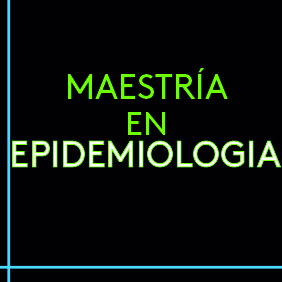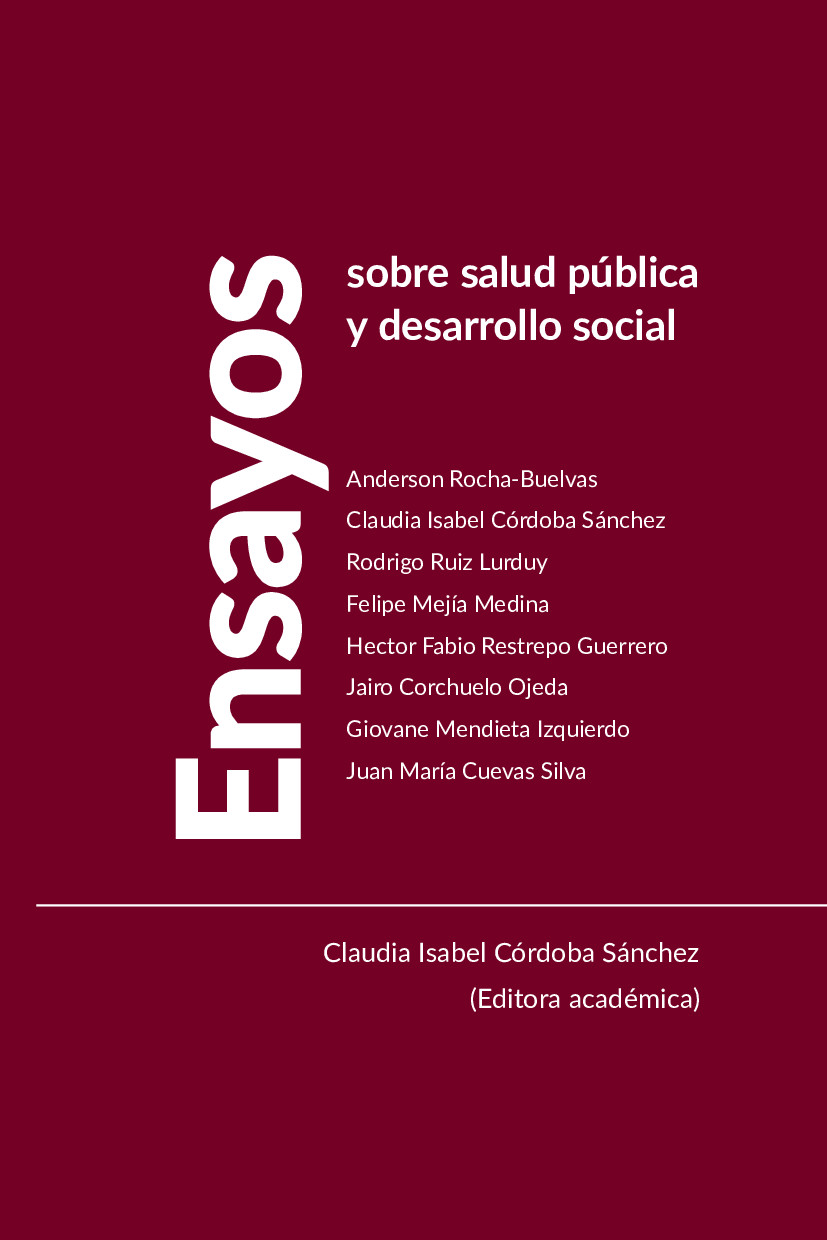Abstract
Antecedentes: se ha identificado Bordetella pertussis, en un porcentaje significativo en adolescentes y adultos, evidenciando su importancia como agente causante de hasta el 30% de los casos con este síndrome, que podrían jugar un papel importante en la transmisión de la enfermedad a niños lactantes. Objetivo: determinar el estado de portador de B. pertussis en adolescentes del Tolima y evaluar la técnica reacción en cadena de la polimerasa (PCR) como herramientadiagnóstica en el estado de portador.Materiales y métodos: estudio descriptivo de corte transversal; selección por muestreo aleatorio de 400 jóvenes de 12 a 19 años de edad. Recolección de muestras nasofaríngeas, procesadas con técnicas de cultivo:inmunofluorescencia directa (IFD) con anticuerpos policlonales y reacción en cadena de la polimerasa (PCR) de la IS4801-IS4802, en el Instituto Nacional de Salud. Resultados: 400 muestras procesadas con cultivo negativo; 34(8,5%) positivas para IFD y 132(33%) para PCR. Las dos técnicas fueron positivas 29(17%) y 263(66%) negativas para IFD y PCR. Proporción de los positivos del total de la muestra 34,25%(137/400). Sensibilidad de la PCR respecto a la IFD fue de 85,3%(IC:95%, 68,2-94,5), especificidad de 71,9% (IC:95%, 66,9-76,3) VPP 22%(IC:95%, 15,4- 30,2) y VPN 98,1%(IC:95%, 95,5-99,3). Conclusiones: se evidencia estado de portadores sanos en la población estudiada con diagnóstico por IFD y PCR; sin embargo, el cultivo bacteriano sigue siendo el “patrón de oro”, debido a esto, éste estudio no es concluyente. Es necesario evaluar continuamente el papel de los portadores de B. pertussis para establecer si existen portadores asintomáticos diagnosticados por cultivo.
Abstract
Antecedents: studies have revealed that Bordetella Pertussis is present in a significant number of adolescents and adults, thus confirming its agency in the development of the syndrome in up to 30% of the cases examined. This may in turn play an important role in the transmission of the disease to breast fed children. To determine the nature of the bacteria B. Pertussis in adolescents carriers, residents of Tolima and toevaluate the efficacy of the polymerase (PCR) chain reaction strategy as a diagnostic medium on the carrier. Methods: a field study conducted on a cross section of the population in which 400 youths between the ages of 12 and 19 were selected by means of random testing. Nasopharyngeal samples were collected and treated with live cultive techniques: direct immunofluorescence (IFD) with polyclonal antibodies on the one hand, and polymerase (PCR) IS4801-IS4802 chain reaction methods on the other. Treatment was undertaken in the National Institute for Health. Results: 400 samples were treated with negative cultures: 34 (8.5%) tested positive with IFD and 132(33%) with PCR. Both techniques were positive 29(17%) and 263(66%) negative with IFD and PCR. Of the total samples taken 34.25% (137/400) were positive. The sensitivity of PCR in relation to IFD was 85.3% (IC:95%, 15,4- 30.2) and in relation to VPN was 98.1% (IC:95%, 95.5-99.3). Conclusions: carriers of the strain tested with IFD and PCR are shown to be healthy, nevertheless the live bacteria remains the prototype of the illness and for this reason the study is inconclusive in its findings. A process of continual assessment intothe condition of the B.Pertussis carriers is necessary in order to ascertain whether, amongst those diagnosed by live cultures, there are not those who are asymptomatic carriers.
Keywords: B.Pertussis, whooping cough, nasopharyngeal, direct immunofluorescence (IFD), polymer (PCR) chain reaction.
Licence
Authors should declare no conflicts of interest either for reasons of financing the project which is the result of the article; as well as intellectuals, academics, moral and investigative reasons.
The Journal of Andean Research is home to the ethical rules for publications issued by the COPE: http://publicationethics.org/resources/code-conduct

 PDF (Español (España))
PDF (Español (España))
 FLIP
FLIP

















